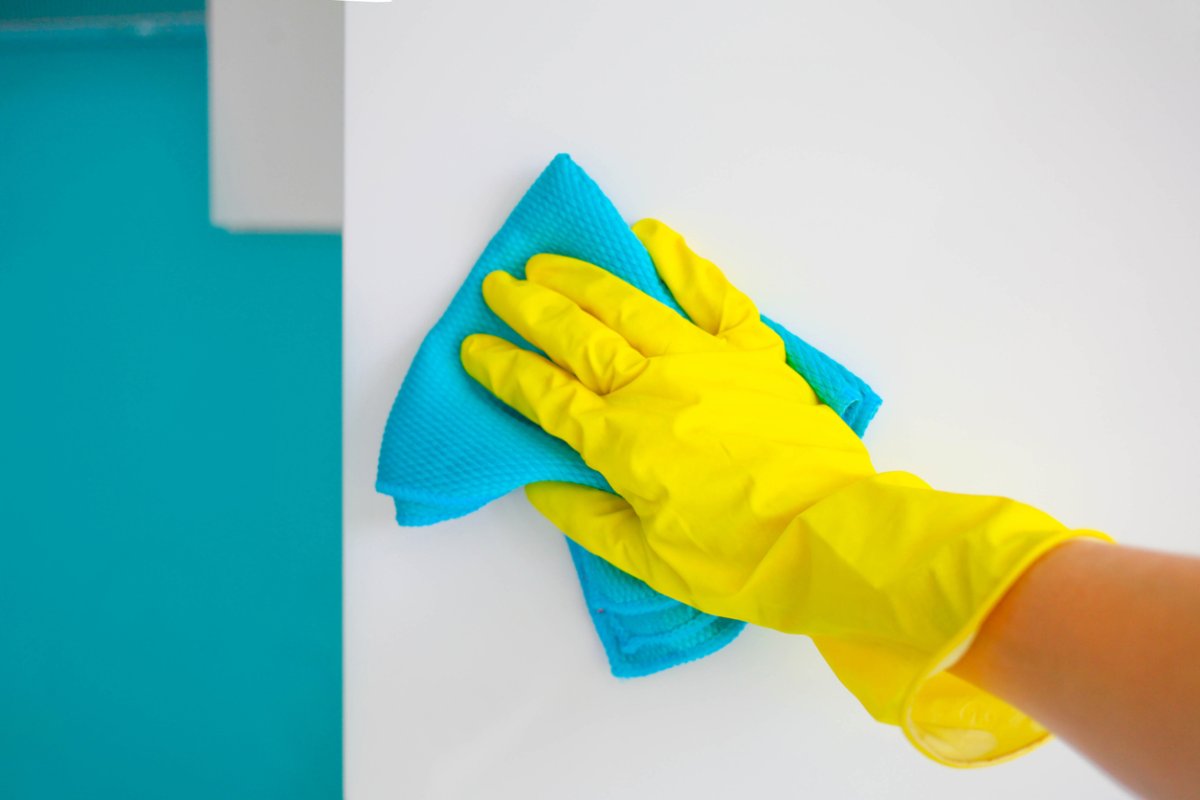We may earn revenue from the products available on this page and participate in affiliate programs. Learn More ›
Think about your cleaning routine. It likely includes chores like vacuuming, mopping, scrubbing the toilets, wiping down the counters, and dusting the furniture. However, there might be one big task that you’re forgetting: cleaning the walls. Many of us often overlook the walls when cleaning our homes. Unlike our floors, we don’t walk all over the walls. They’re vertical, so it doesn’t look like much dust and dirt is deposited on them. Unfortunately, this isn’t the case.
Without a regular cleaning routine, dust, grease, mold, and more may accumulate on your walls. Continue reading to learn how often to clean the walls and the best way to tackle different messes.
1. Grease can build up on walls, especially in the kitchen.
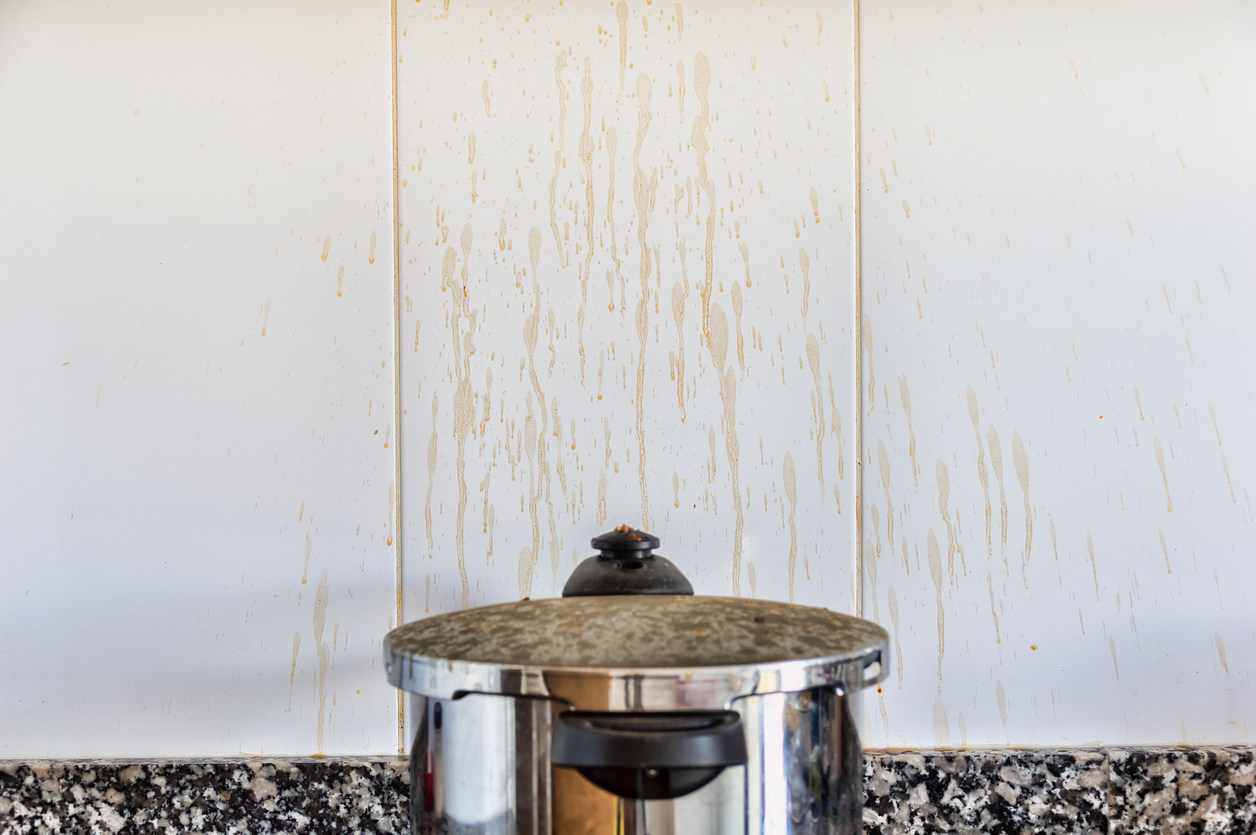
Your kitchen walls can take a real beating. While preparing some favorite foods (we’re looking at you, bacon), grease can splatter all over. It is inevitable that some of this grease will end up on the walls around the stove. If left uncleaned, the grease will attract dust, leaving an even bigger mess in the kitchen. Ideally, you should clean grease splatters as soon as they happen to prevent dust from accumulating. Grease stains come off much more easily when addressed promptly than if left to sit for hours, weeks, or months.
There are a few different methods you can use to clean grease stains on your kitchen walls. One is to spray a kitchen degreaser—like Simple Green Cleaner and Degreaser—on the stains, and let it sit for a few seconds before wiping it off with a microfiber cloth or sponge. If you’d prefer a DIY approach, try applying a baking soda paste (baking soda mixed with warm water) to the grease. Scrub the area gently to remove the residue from the wall.
RELATED: How to Remove Grease From Kitchen Cabinets
2. Over time, dust accumulates on the walls.
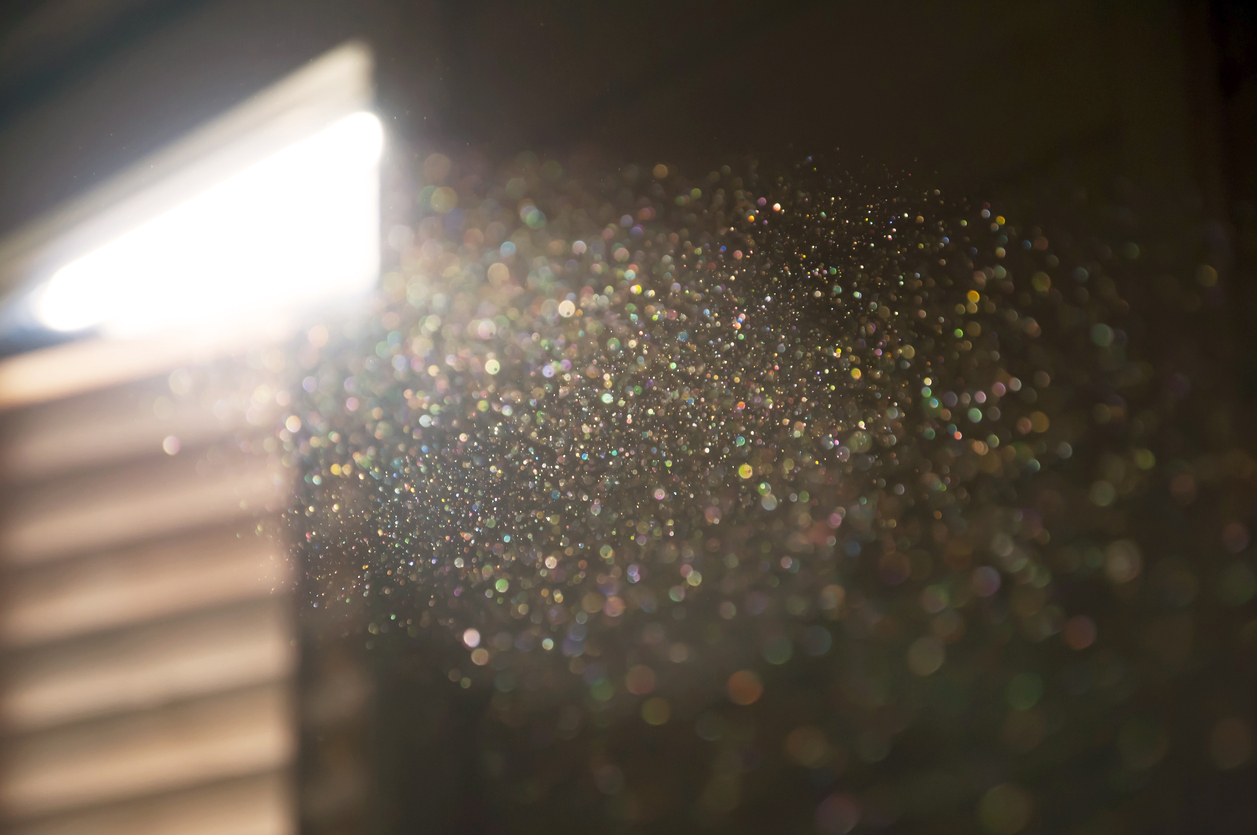
While it might not always be as visible on the walls as it is on furniture, dust accumulates on these vertical surfaces throughout a home. Where dust is present, you can also find dust mites. These are tiny pests that feed on the skin cells found in dust. According to The American Lung Association, some people experience allergic reactions to dust or dust mites. These reactions might be caused by the decaying bodies of dead dust mites or the urine or feces the critters leave behind.
Cleaning your walls will remove the dust and any dust mites that are present, creating a generally cleaner and healthier space and alleviating respiratory symptoms for allergy sufferers in the home. Vacuuming the walls and wiping them down with a damp sponge should be sufficient for most surfaces. If necessary, use a little soap and warm water to address any stained areas. For step-by-step directions, consult our guide on how to clean painted walls. Don’t forget to also clean wood finishes or trim and baseboards to get rid of dust on those surfaces as well.
RELATED: 10 Things to Know Before Painting Your Walls a Dark Color
3. Mold or mildew may grow on bathroom or basement walls.
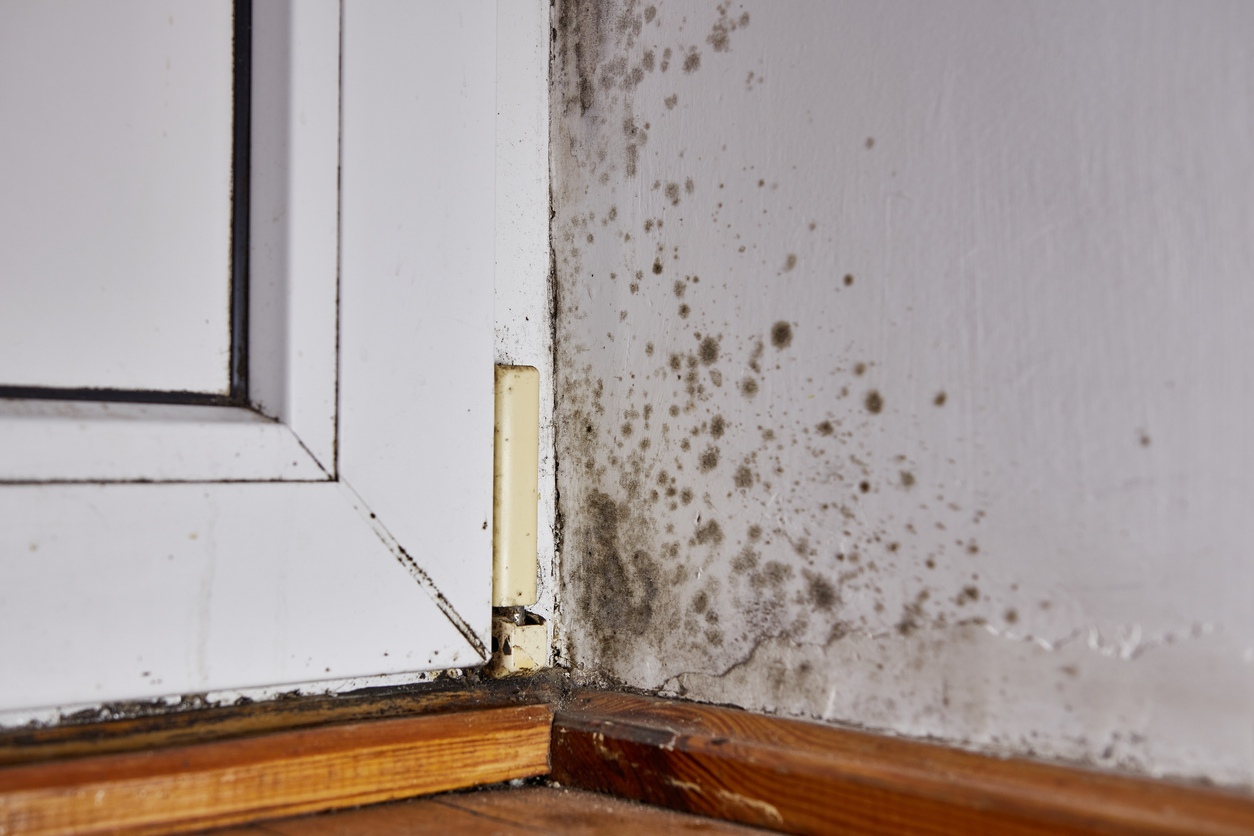
Some areas in the home—such as bathrooms, basements, and laundry rooms—have higher humidity levels than other spaces. With the increased moisture levels in these rooms, mold or mildew can grow on the walls. If these surfaces aren’t properly cleaned, occupants of the home may begin to develop respiratory symptoms. Not to mention, the problem can worsen if not addressed, and mold remediation can be expensive, especially when it becomes serious.
To help everyone in the home continue to breathe easily and prevent the need for costly repairs, add cleaning these surfaces to your regular cleaning routine. Ideally, they should be wiped down about once a week. If mold or mildew has already started to grow, act quickly to get rid of it so it doesn’t become a bigger problem. Use vinegar, bleach, or a commercial mold-removal product (but never mix vinegar and bleach together). Always wear protective gear when dealing with mold and ensure the space has adequate ventilation. Find detailed instructions in our guide on removing mold on walls.
RELATED: How To: Use a Swiffer to Clean Floors (and So Much More)
4. Oils and dirt from our hands deposit onto walls near doors.

Think about how many times you touch your walls throughout the day, whether intentionally or accidentally. Every time someone in the home grabs the wall near a doorway or when walking up the stairs, they’re depositing oil and dirt onto the surface. Fortunately, keeping both painted and wallpapered surfaces clean is simple. Just combine some warm water and dish soap in a small bucket. Dip a microfiber cloth in the solution and use it to wipe down the walls, paying close attention to the areas around doorways or those with visible fingerprints. Find more detailed instructions in our guide for cleaning wallpaper.
5. Cobwebs left behind by spiders can make the walls dirty.
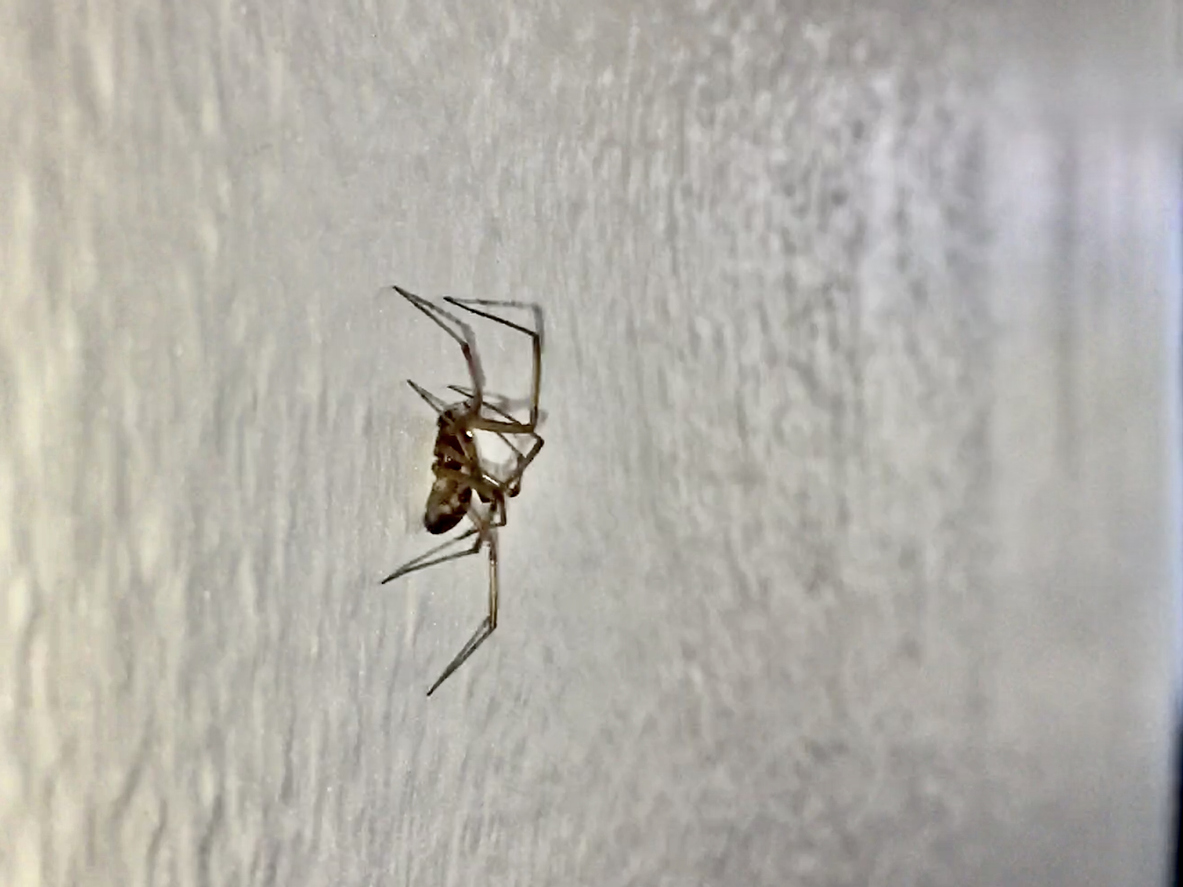
Cobwebs are spider webs that have been abandoned by the 8-legged creatures that made them. Even after the web has been abandoned, the silky threads used to make it remain sticky, attracting dust, pet hair, and other debris. Because spiders don’t discriminate between brick walls, paneling, or painted walls, it helps to keep all of these surfaces clean to keep cobwebs at bay. To remove cobwebs from the walls and ceiling, use the extension wand of your vacuum cleaner or a long-handled dusting brush, like this Microfiber Feather Extendable Duster.
6. Children can leave marks and stains on the walls.
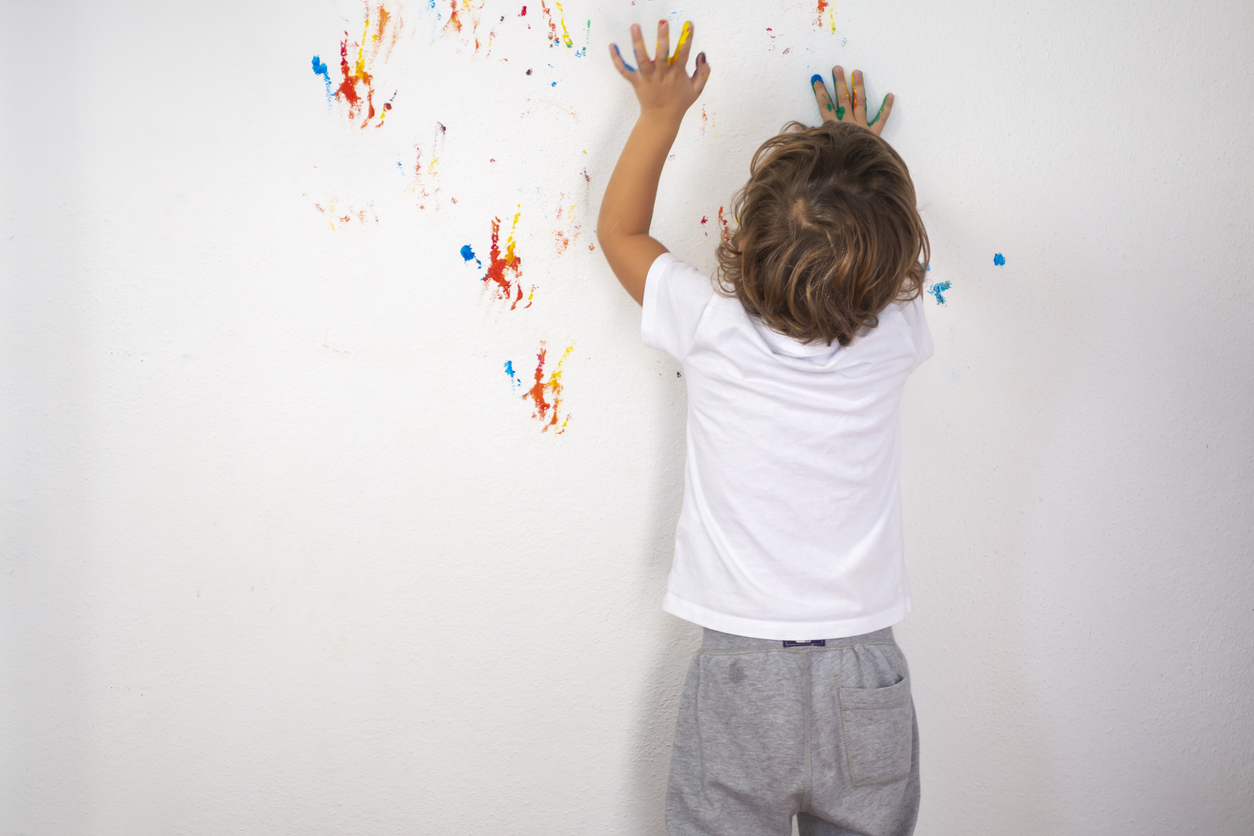
If you have children, then you already know that they can add a lot more work to your cleaning routine with the messes they leave in their wake. One such mess often includes scribbles and stains on the home’s walls. Whether they snuck a crayon to draw their latest masterpiece when you weren’t looking or ran their hands along the wall after eating something sticky, these marks and stains require some vigilance.
Warm and soapy water, as described above, can be effective for removing sticky messes. To get rid of marks left behind by crayons, pencils, and writing or drawing utensils, consult our guide on how to use a Magic Eraser.
RELATED: How to Remove Texture From Walls
7. Walls absorb odors from cooking, smoking, and pets.

The walls in your home can also absorb odors from foods, smoke, and pets. Keeping up with a regular cleaning routine for the walls—and the baseboards—can prevent these odors from building up and becoming overpowering. Mix a solution of baking soda and vinegar together and use it to wipe down these surfaces to help neutralize odors.

